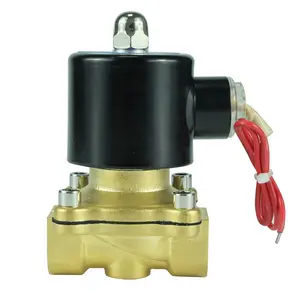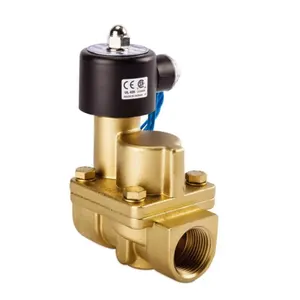Introduction to 5 Way Solenoid Valves
Solenoid valves are integral components in the control of fluid power within various systems. The 5 way solenoid valve is a specific type designed for directing flow paths in pneumatic devices. This category of valves is essential for applications requiring multiple conduits to be controlled by a single source.
Types and Applications
The versatility of the 5 way solenoid valve is seen in its various types, such as the 5 2 way valve and the 5 3 solenoid valve. The former typically operates in two positions, controlling the start and stop of air flow, while the latter can be found in applications requiring three positions, such as pressurized air systems. These valves are crucial in sectors ranging from manufacturing to automation, where precise control of air or fluid is necessary.
Features and Materials
5 way solenoid valves are characterized by their configuration of ports and positions. The 5 2 way solenoid valve, for instance, has five ports and two positions. Materials used in these valves include brass, stainless steel, and plastic, chosen for their durability and compatibility with different fluids and environments.
Advantages of Using 5 Way Solenoid Valves
The use of a 5 way solenoid valve brings several advantages, such as the 5 2 solenoid valve working principle, which allows for efficient energy use by operating only when electrically actuated. Additionally, the 5 2 directional control valve offers precise control over the direction of flow, which is vital in automated systems.
Understanding the Mechanics
To comprehend how these valves operate, one can refer to a 5 2 solenoid valve working animation. This visual aid illustrates the transition between states, showcasing the functionality of both the 5 2 way single solenoid valve and the 5 2 way double solenoid valve. The single solenoid type is actuated in one direction by electrical power, while the double solenoid allows for control in both directions.
Selection Considerations
When selecting a 5 way solenoid valve, factors such as the type of fluid, pressure, flow rate, and environmental conditions should be considered. The 5 3 pneumatic valve, for example, is suitable for complex control systems where exhaust ports need to be independently managed. In contrast, the 5 2 spool valve is often used for simpler operations.










































 浙公网安备 33010002000092号
浙公网安备 33010002000092号 浙B2-20120091-4
浙B2-20120091-4